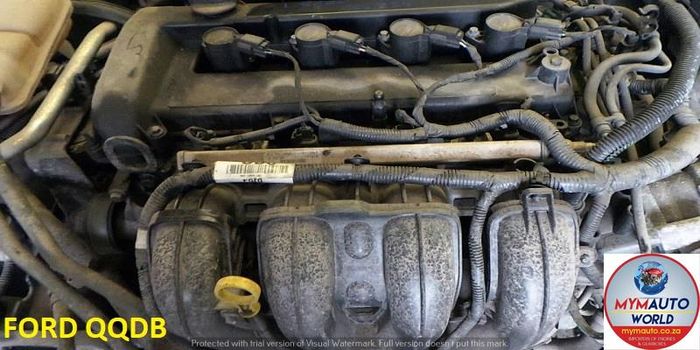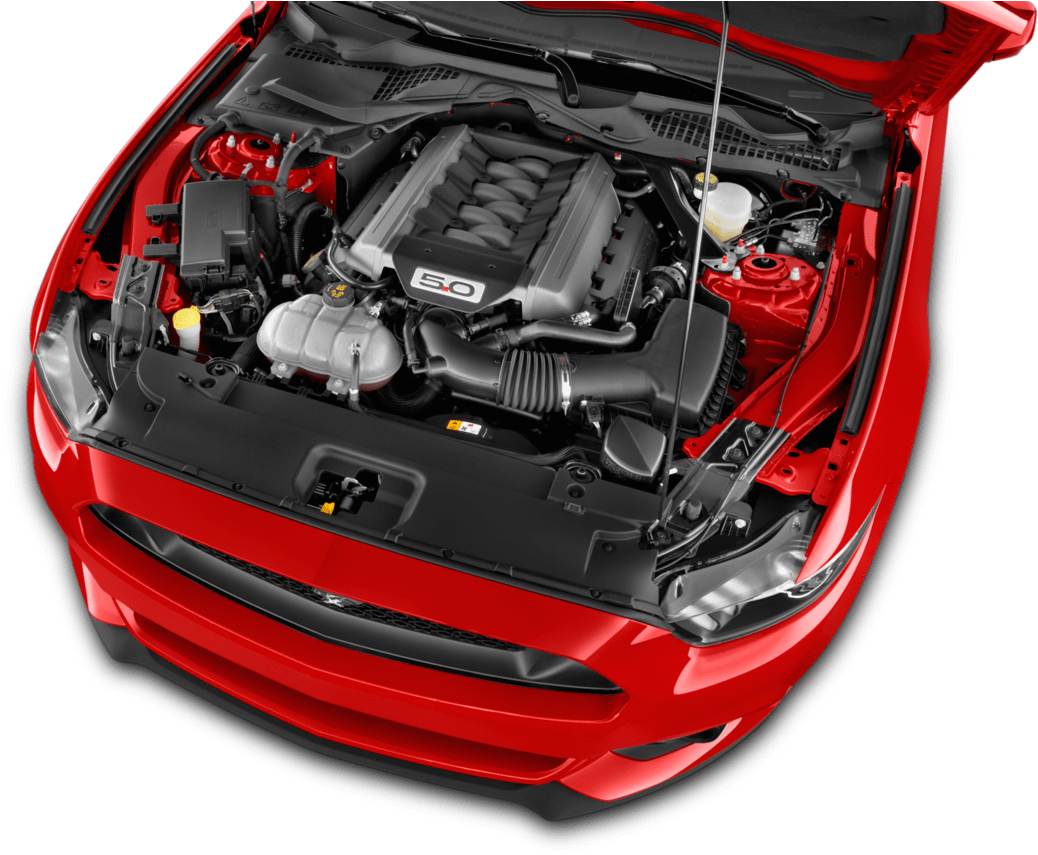Opel Corsa Engine: Efficiency and Reliability for Your Vehicle
Checking Out the Inner Operation of a Compact Vehicle's Engine System
As vehicle drivers, we frequently take for granted the detailed procedures that happen within the confines of our automobile's engine system. In this exploration of a compact car's engine system, we will certainly unravel the internal workings of this mechanical harmony, dropping light on the mysteries that drive us onward on our day-to-day journeys.
Burning Process Introduction
The combustion procedure in a small lorry's engine system is a critical device that efficiently transforms fuel right into power to power the vehicle. This procedure occurs within the burning chamber of the engine, where gas and air mix, ignite, and generate regulated explosions. The burning process contains four primary phases: consumption, exhaust, compression, and power.
During the intake stage, the piston moves downward, attracting in a blend of air and gas into the burning chamber. This downward activity creates the power needed to drive the vehicle. This cyclic burning procedure is essential to the procedure of a small car's engine system, ensuring effective energy conversion for propulsion.
Piston and Cylinder Communication

The piston's accurate fit within the cylinder is crucial for keeping optimum compression and avoiding energy loss during combustion. Tight clearances in between the piston and cylinder wall surfaces guarantee effective securing, enabling the piston to move efficiently without allowing gases to leak past. Appropriate lubrication is additionally vital to lower rubbing and use between these components, enhancing long life and performance.
Additionally, the style and products made use of in manufacturing the piston and cyndrical tube impact engine performance and longevity. Modern engines usually employ light-weight yet sturdy materials like aluminum alloys for pistons and cyndrical tube liners to reduce inertia and improve thermal performance. Generally, the unified interaction between the piston and cyndrical tube is essential to the engine's capability and total performance.
Gas Injection System Performance
Fuel injection systems in compact vehicle engines play an essential role in precisely supplying fuel to the burning chamber for reliable and regulated ignition. The gas injection system operates by infusing fuel into the page burning chamber at the ideal minute during the engine's procedure (opel corsa engine). This specific timing ensures that the fuel blends evenly with the air for correct burning, bring about boosted gas performance and decreased discharges
There are largely 2 sorts of gas injection systems used in portable automobile engines: port gas shot (PFI) and straight gas injection (DFI) PFI systems inject gas into the consumption port prior to the intake shutoff, while DFI systems inject gas directly right into the combustion chamber. Both systems have their benefits, with DFI using much better gas atomization and PFI supplying an extra cost-effective solution.
Recognizing Engine Air Conditioning Devices
Reliable procedure of a portable vehicle's engine depends greatly on the efficiency of its cooling devices. Engine air conditioning is crucial to stop getting too hot, which can result in serious damage and reduced performance. The air conditioning system in a small car typically contains several elements interacting to control the engine temperature level. One critical part is the radiator, which uses coolant to take in warmth from the engine. As the hot coolant streams via the radiator, it releases warmth into the air, cooling off before returning to the engine. The water pump distributes the coolant with the engine and radiator, making certain a consistent useful link circulation to manage temperature. In addition, the thermostat helps control the coolant circulation to preserve ideal engine temperature level. Some automobiles likewise have cooling fans that turn on when extra air conditioning is needed, such as throughout rush hour or heat. Recognizing these engine air conditioning devices is important for preserving the efficiency and long life of a small vehicle's engine system.

Exhaust System Components Explained
The optimum functioning of a portable automobile's engine cooling systems depends on a complementary system understood as the exhaust system, which makes up different essential elements for guaranteeing reliable emissions and engine performance. The exhaust manifold gathers exhaust gases from the engine's paths and cyndrical tubes them to the catalytic converter.
One crucial element of the exhaust system is the oxygen sensing unit, which keeps track of the oxygen levels in the exhaust gases to help control fuel intake and make sure optimum engine performance. opel corsa engine. In addition, the resonator may exist in some exhaust systems to minimize noise levels. In general, the exhaust system plays a vital role in keeping engine efficiency, minimizing unsafe discharges, and ensuring a quieter driving experience for compact car proprietors

Conclusion
Finally, the small automobile's engine system is a complicated combination of components that work with each other to facilitate the burning procedure, convert gas right into power, and get rid of waste gases. Understanding the internal functions of the engine system, consisting of the piston and cyndrical tube interaction, gas injection system, engine air conditioning mechanisms, and exhaust system components, is essential for keeping optimum efficiency and efficiency of the vehicle.
The combustion procedure in a portable lorry's engine system is a critical device that effectively converts fuel into power to power the lorry.Fuel shot systems in portable car engines play an important function in precisely supplying fuel to Going Here the combustion chamber for regulated and efficient ignition.There are primarily 2 types of gas injection systems made use of in small automobile engines: port fuel injection (PFI) and straight gas injection (DFI) Recognizing these engine air conditioning devices is vital for keeping the efficiency and long life of a compact car's engine system.
The ideal performance of a small automobile's engine air conditioning systems depends on a complementary system known as the exhaust system, which consists of different crucial components for making certain efficient exhausts and engine efficiency.